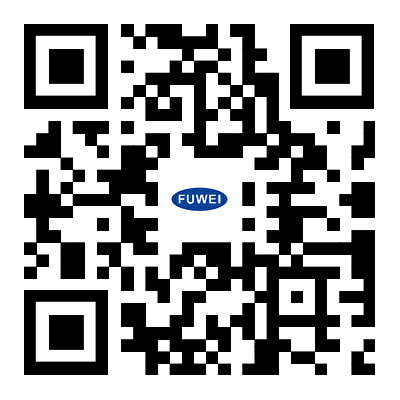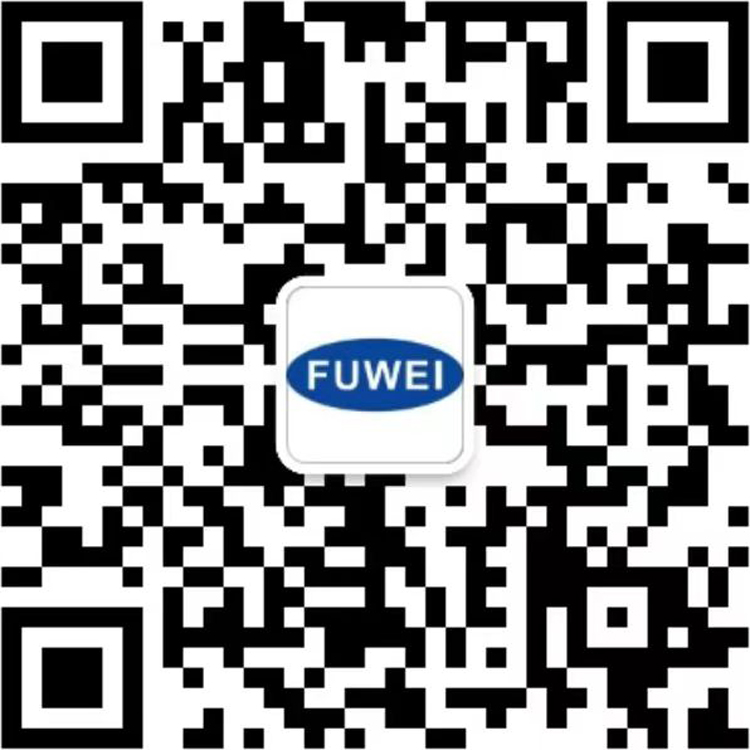QR Code

About Us
Products
Contact Us

Phone

E-mail

On modern production lines, feeding 3C sheets is a crucial process, and its accuracy and efficiency directly affect the smoothness of the overall production process and product quality. However, due to the diverse shapes and small sizes of 3C sheets, traditional feeding methods often face problems such as inaccurate positioning and low efficiency. Nowadays, with the rapid development of 3D vision technology, this technical challenge has been effectively solved. 3D vision technology, with its precise positioning and posture recognition capabilities, provides strong support for the automated feeding of 3C thin films, opening a new chapter in automated feeding.
The 3D vision system can achieve three-dimensional spatial positioning of 3C thin films through high-resolution cameras and advanced image processing algorithms. The system first captures the surface texture and edge information of the sheet, and then uses algorithms to process and analyze the image, extracting the precise position and orientation information of the sheet. These pieces of information are transmitted in real-time to robotic arms or automated devices to guide them in precise grasping and placement.
Compared with traditional feeding methods, 3D vision technology has the following significant advantages:

Firstly, it greatly improves the accuracy of feeding. The traditional feeding method often relies on the visual judgment and experiential operation of operators, which is easily influenced by human factors and leads to inaccurate positioning. 3D vision technology, on the other hand, achieves accurate recognition of the position and orientation of thin sheets through precise image processing and algorithm analysis, thereby ensuring the accuracy of feeding.
Secondly, 3D vision technology has improved the efficiency of material loading. The traditional feeding method often requires manual grabbing and placement one by one, which is time-consuming, labor-intensive, and inefficient. With the help of 3D vision technology, robot arms can quickly and accurately complete grasping and placing actions based on the precise data provided by the system, greatly improving production efficiency.
In addition, 3D vision technology also has strong adaptability and flexibility. When facing different models and specifications of 3C sheets, simply adjusting the parameters or optimizing the algorithm of the visual system can achieve precise grasping of different sheets. This makes 3D vision technology more flexible and scalable in response to product updates and production adjustments.
It is worth mentioning that 3D vision technology can also be integrated with other automation equipment and systems to form a complete automated production line. By collaborating with robotic arms, conveyor belts, quality inspection equipment, and other devices, the entire process of automated production from raw material storage to finished product release can be achieved. This can not only further improve production efficiency and quality, but also reduce labor costs and enhance the competitiveness of the enterprise.




Copyright © 2024 Guangzhou Fuwei Electronic Technology Co., Ltd. All Rights Reserved.
Links | Sitemap | RSS | XML | Privacy Policy |

